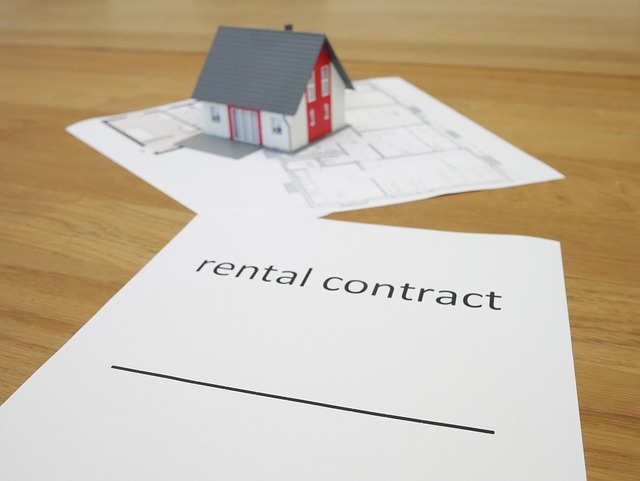Exploring Cost-Efficient Solar Energy Solutions for Homes
Solar energy is increasingly adopted across the US as homeowners seek sustainable, cost-effective power solutions. With improved efficiency and decreasing costs, solar panels can significantly reduce electricity bills while offering long-term environmental benefits. Learn how modern systems are tailored to individual needs and regional climates, supporting both energy independence and ecological goals.

What are the financial and ecological benefits of residential solar panels?
Residential solar panels offer a range of financial and ecological advantages for homeowners. From an economic perspective, solar panels can significantly reduce or even eliminate monthly electricity bills. Over time, the initial investment in solar technology can be recouped through these energy savings. Many regions also offer tax incentives, rebates, or net metering programs, further enhancing the financial appeal of solar installations.
Ecologically, solar energy is a clean, renewable resource that produces no direct emissions. By generating their own electricity, homeowners can substantially decrease their reliance on fossil fuels and reduce their carbon footprint. This shift towards sustainable energy contributes to improved air quality and helps combat climate change on a broader scale.
What types of solar panel installations are available for homes?
Several types of solar panel installations cater to different home configurations and energy needs. Roof-mounted systems are the most common, utilizing existing roof space to capture sunlight. These can be further categorized into:
-
Fixed-tilt systems: Panels are installed at a set angle to maximize sun exposure.
-
Tracking systems: Panels adjust their position throughout the day to follow the sun’s path.
Ground-mounted systems are an alternative for homes with ample land space or unsuitable roofs. These installations can be easily accessed for maintenance and can be positioned for optimal sun exposure.
Building-integrated photovoltaics (BIPV) represent an innovative approach where solar cells are incorporated into building materials like roof tiles or windows, seamlessly blending with the home’s architecture.
How can homeowners prepare their homes for solar panel integration?
Preparing a home for solar panel integration involves several key steps:
-
Energy audit: Conduct a thorough assessment of current energy consumption to determine the appropriate system size.
-
Roof inspection: Ensure the roof is in good condition and can support the weight of solar panels. Repairs or reinforcements may be necessary.
-
Shade analysis: Identify and address potential shading issues from trees or nearby structures that could impact panel efficiency.
-
Electrical system evaluation: Verify that the home’s electrical system can accommodate the solar installation. Upgrades may be required.
-
Permitting and regulations: Research local building codes, zoning laws, and homeowners’ association rules regarding solar installations.
-
Choosing an installer: Select a reputable, certified solar installer with experience in residential systems.
What are the typical costs and potential savings of residential solar systems?
Understanding the costs and potential savings associated with residential solar systems is crucial for homeowners considering this investment. While prices can vary significantly based on location, system size, and specific home requirements, it’s possible to provide a general overview of what to expect.
| System Size | Estimated Cost Range | Potential Annual Savings |
|---|---|---|
| 5 kW | $15,000 - $25,000 | $650 - $1,000 |
| 10 kW | $25,000 - $35,000 | $1,300 - $2,000 |
| 15 kW | $35,000 - $45,000 | $1,950 - $3,000 |
Prices, rates, or cost estimates mentioned in this article are based on the latest available information but may change over time. Independent research is advised before making financial decisions.
The initial investment in a solar system can be substantial, but many homeowners find that the long-term savings justify the upfront costs. Factors affecting the return on investment include local electricity rates, available incentives, and the home’s energy consumption patterns. On average, homeowners can expect to recoup their investment within 7-20 years, depending on these variables.
It’s important to note that while the table above provides general estimates, actual costs and savings can vary widely. Homeowners should obtain personalized quotes from multiple solar providers to get a more accurate picture of potential costs and benefits for their specific situation.
How do maintenance and longevity factor into the cost-efficiency of solar panels?
The cost-efficiency of solar panels is not just about the initial investment and immediate energy savings. Maintenance requirements and the overall lifespan of the system play crucial roles in determining long-term value. Most solar panels come with warranties of 25-30 years, but they can often continue producing energy beyond this period, albeit at slightly reduced efficiency.
Maintenance for solar panels is generally minimal, primarily involving regular cleaning and occasional inspections. However, inverters, which convert the DC power generated by panels into usable AC power, typically need replacement every 10-15 years. This cost should be factored into long-term financial planning for a solar system.
The durability and longevity of solar panels contribute significantly to their cost-efficiency. As panels continue to generate electricity for decades with minimal degradation, the cumulative energy savings can far outweigh the initial and maintenance costs, making solar an increasingly attractive option for homeowners seeking long-term energy solutions.
Solar energy presents a promising path for homeowners looking to reduce their environmental impact and potentially lower energy costs. By understanding the types of installations available, preparing adequately for integration, and considering the long-term financial implications, homeowners can make informed decisions about adopting solar technology. As the solar industry continues to evolve, with improving technology and decreasing costs, the appeal of residential solar systems is likely to grow, making it an increasingly viable option for a wider range of households.




